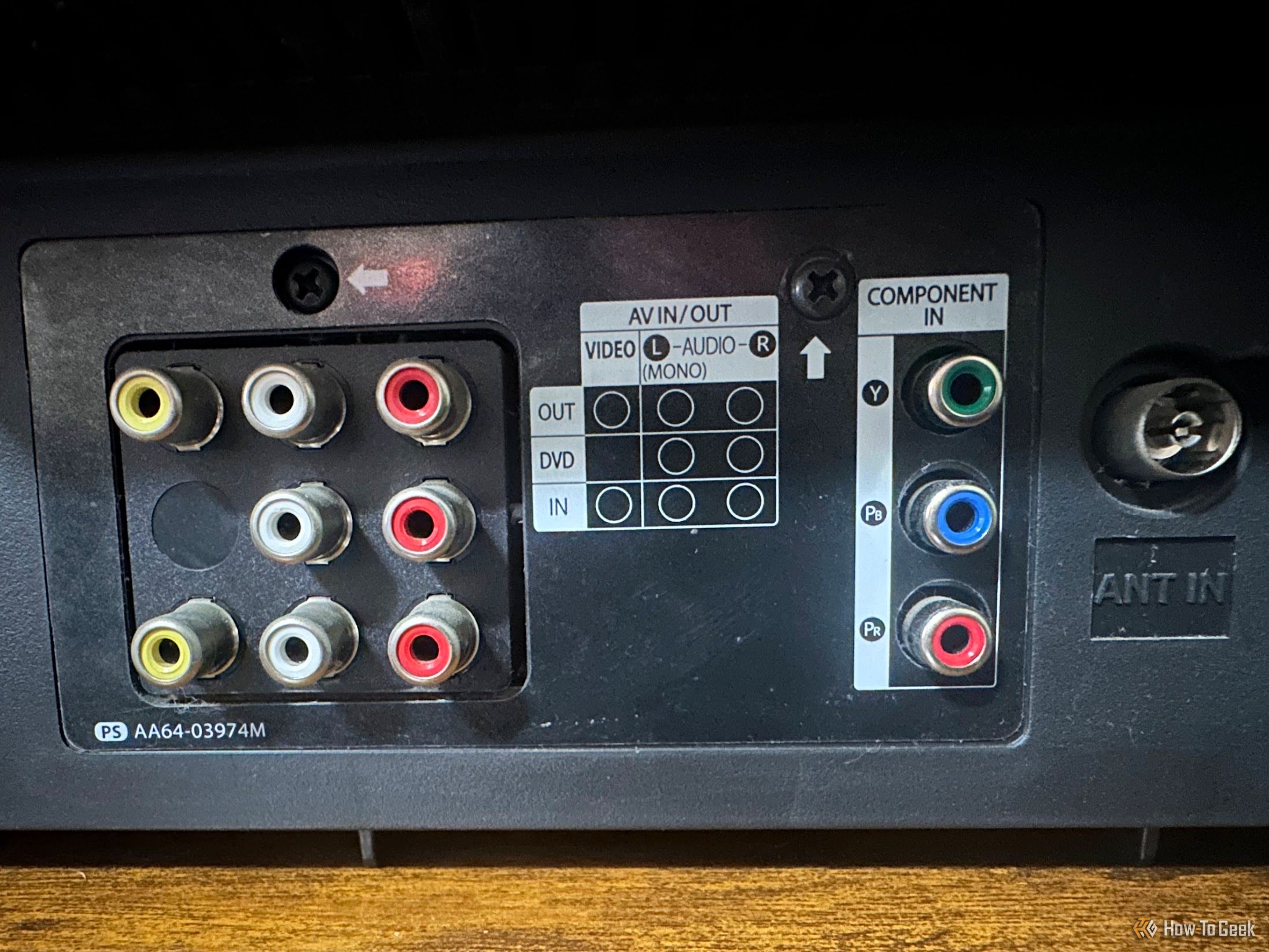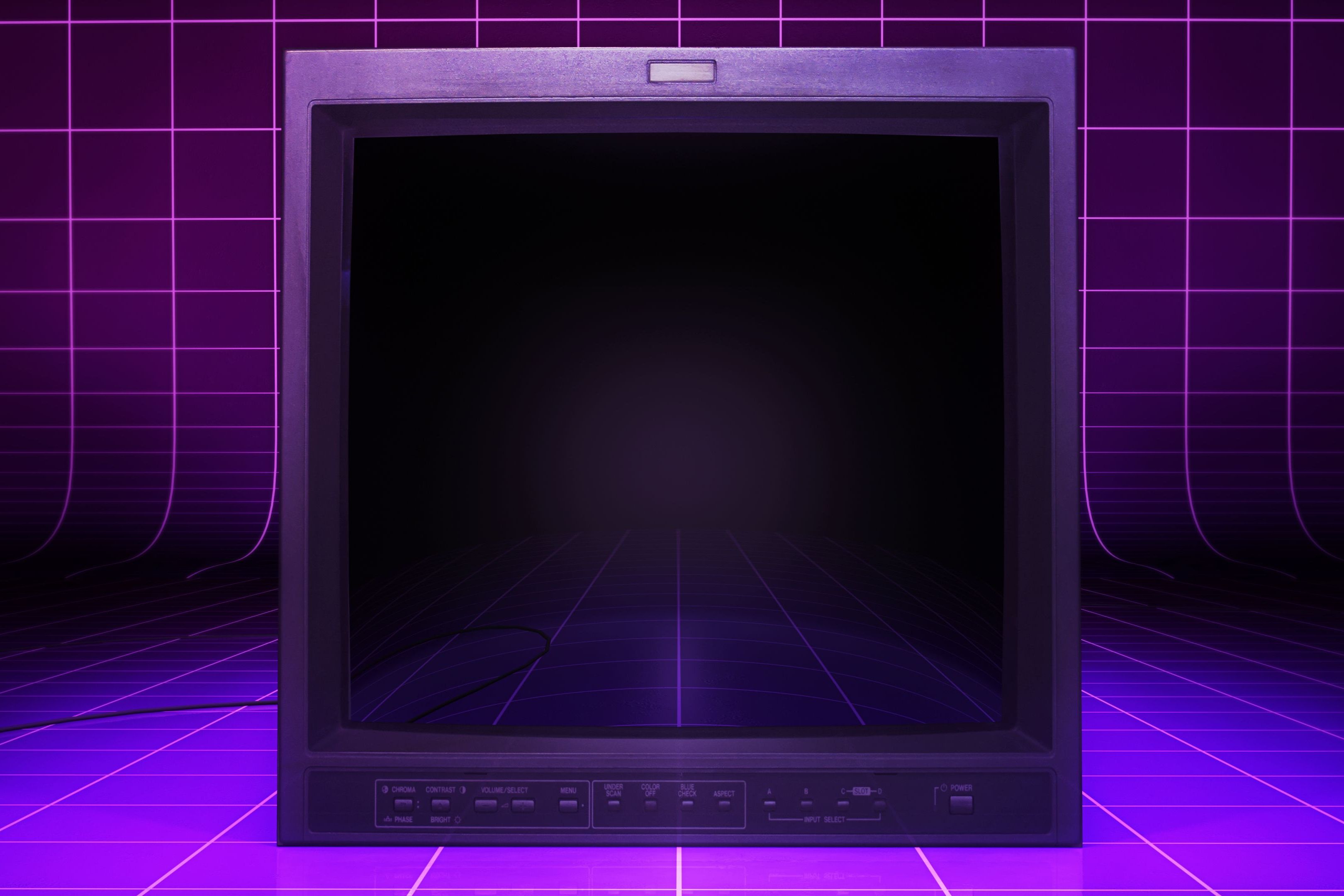Flat-panel displays have come a long way since they first started to seriously replace CRTs, but those old tube TVs still have serious advantages over the typical flat panels most people own.
The thing is, not every CRT TV is equally good for playing retro games or enjoying SD content. Just like today, there were different capabilities and features which set these TVs apart. Among all the types of TV sets you might encounter, these five are relatively rare, but worth grabbing if possible.
HD CRTs: The Flat-Screen Before Flat-Screens
If you thought that HD resolutions started with LCD and plasma TVs, you’d be dead wrong. Remember that CRT PC monitors offer high-resolutions like 1600×1200, which isn’t far off the pixel count for 1080p. So there is absolutely no reason you can’t have an HD CRT TV, and indeed these sets exist.
Sets like the Sony WEGA XBR, Toshiba Cinema Series, and Panasonic Tau offer up to full HD resolution, although most often using interlacing as opposed to progressive scan. If you can’t stand that interlaced flicker, there’s usually also the option of 720p, and since CRTs don’t have a fixed pixel grid, neither of these resolutions have to be scaled, and will look smooth. 1080p progressive scan CRTs do exist, but as far as I can tell these are going to be a rare find.
These TVs are the perfect pairing for Blu-ray or ideal for HD consoles like the PlayStation 3 or Xbox 360—just note that later systems like the PlayStation 4 dropped analog output entirely, requiring special converters or CRTs with HDMI inputs, which are rare.
It might sound like buying one of these TVs, should the opportunity arise, offers the one CRT to rule them all, but there are also downsides. For one thing, these TVs generally don’t have native support for the common resolution of SD consoles like the NES, SNES, or PlayStation 1. While still analog at their core, many HD CRTs pass signals through internal digital processors to handle resolution scaling and deinterlacing. These chips were often slow, adding noticeable input lag when playing standard-definition content.
So you’ll still want an SD CRT for your non-HD consoles.
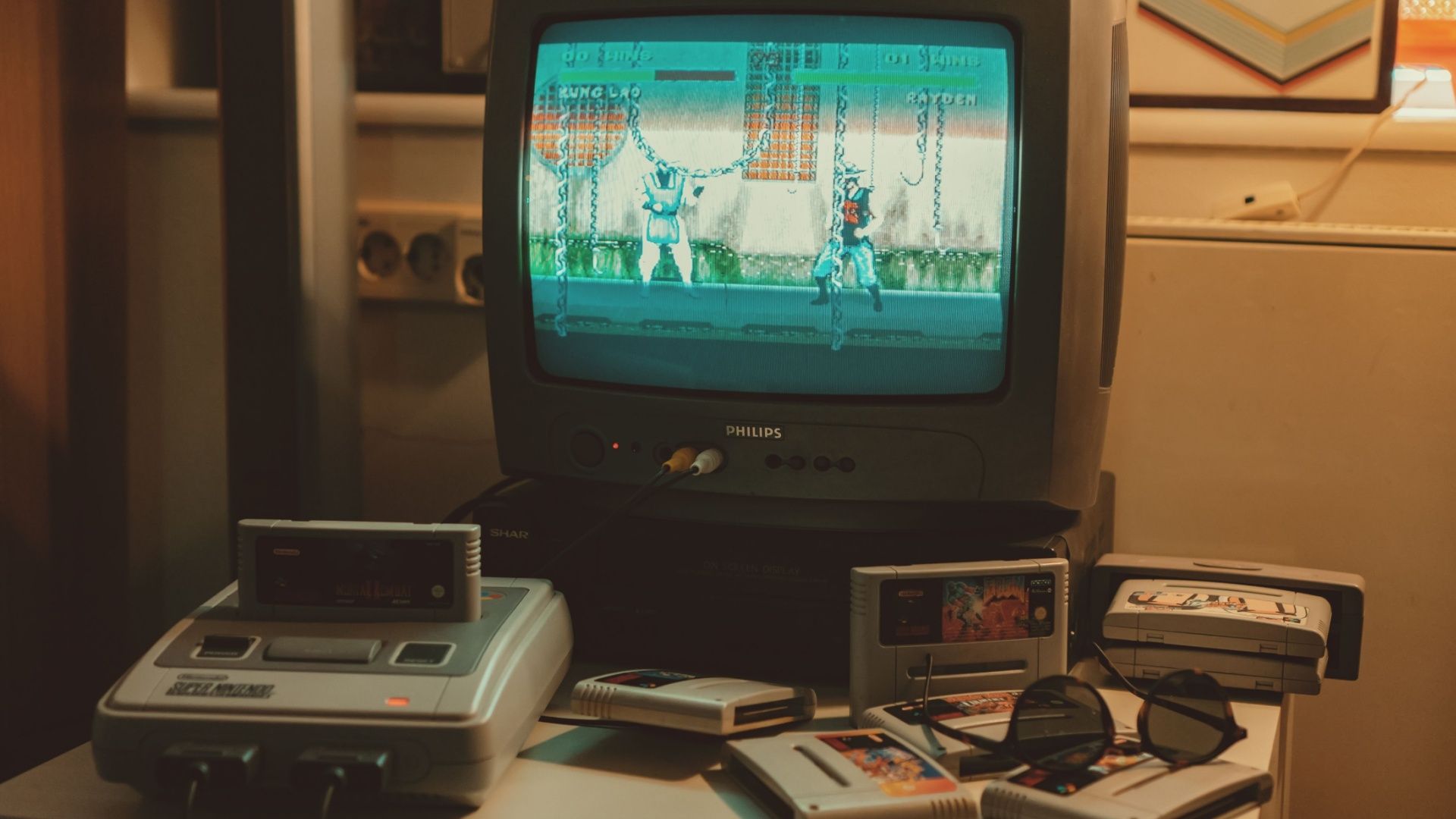
Related
Buying a Retro CRT TV for Gaming? Don’t Make These Mistakes
Not every CRT display is good for gaming.
EDTV CRTs: The Forgotten Sweet Spot
There’s a middle-ground between SD and HD TVs that not many people know about, and that’s EDTV or Enhanced Definition TV. These TVs don’t offer more spatial resolution than a standard SD TV. You’re still getting 480 lines or 576 lines, depending on whether the TV is an NTSC or PAL model, but you are getting progressive scan, which is the “p” in 1080p, for example.
Most SDTVs use a method known as “interlacing” to draw the image on the screen. With every refresh of the screen, the CRT beam draws either the odd or even lines of the image. So you get 240 lines with one pass and the other 240 lines with the next on an NTSC display.

Related
I’ll Only Buy a CRT for Retro Gaming if It Has These 7 Features
I’ve learned my lessons the hard way.
So although the screen may refresh at 60Hz, you aren’t getting 60 full frames every second. Instead you get 60 “fields” per second, which equate to 30 full frames per second. This works great for video content playing back at 30fps such as TV shows, but 60fps games on consoles like the PlayStation 2 using 480i output can have various artifacts, such as flicker, that are typical of interlacing.
SD TVs that max out at 480i or 576i are capable of 240p though, as used by consoles like the SNES, since each frame is only 240 lines anyway. In 240p mode, each video field draws the same 240 lines instead of alternating between odd and even fields, resulting in visible scanlines and a progressive-like effect. This is what retro gamers mean by ‘scanlines’—they’re really gaps between each drawn line.”
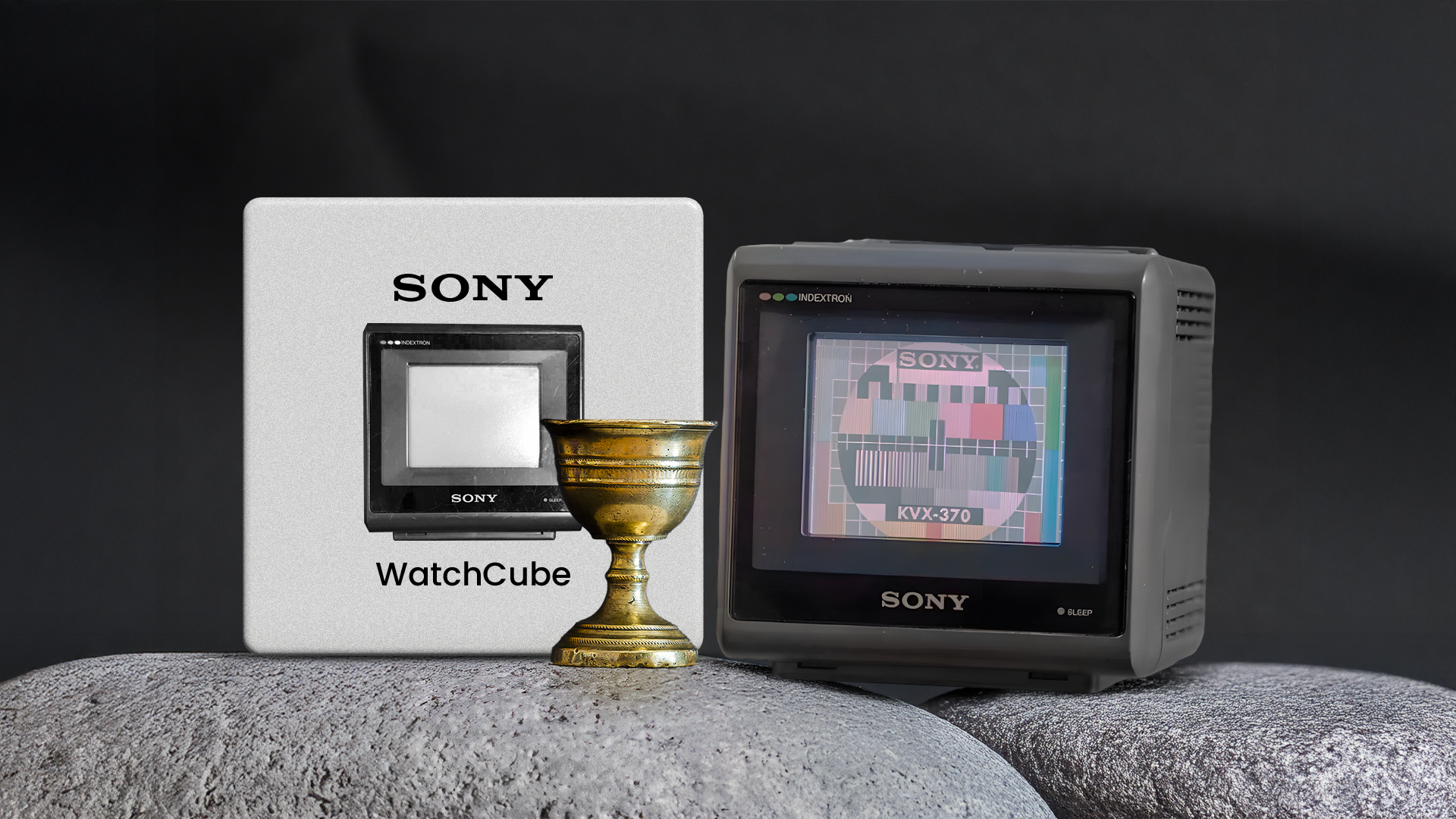
Related
This Tiny and Rare Sony CRT Is My Holy Grail
I need it.
Which is what you need to know to understand why EDTVs are so desirable. These TVs support 480p and can therefore show you 50 or 60 full frames per second, for PAL and NTSC respectively. They get rid of all the interlacing artifacts, producing a stable image that’s much sharper in motion than 480i.
Of course, you need to hook up a device that can output a progressive scan signal, such as a progressive scan DVD player. Consoles like the PlayStation 2 are capable of 480p output, though only specific games support this. Later consoles like the Nintendo Wii offered progressive scan for all titles on supported TVs.
480p and 576p need at minimum a component video input, or better. An EDTV is high on my list of desired TVs, but be warned that not all TVs with component input are EDTVs. If you look up a model number and the TV supports progressive scan at 480 or 576 lines, then it’s an EDTV.
Widescreen CRTs: Yes, They Exist—and They’re Glorious
The vast majority of CRT TVs have an aspect ratio of 4:3, and the content most of us want to use on these TVs are likewise 4:3, but there were a few widescreen CRTs which allow you to watch 16:9 content without any black bars.
Many of these are also HD CRTs, but there are widescreen EDTV CRTs too. You’ll also find that some retro video games on consoles like the PlayStation 2 and Gamecube have widescreen modes, that can take advantage of widescreen CRT TVs. EDTVs are a great way to watch widescreen DVDs!

Related
How an Old CRT Monitor Turned My Handheld PC Into the Perfect Retro PC Gaming System
The answer was retro-futuristic.
Pro Monitors and Broadcast CRTs: The Holy Grails
Professional CRT monitors were built for the video editing and film industry, and are sought-after in the retro gaming communities in particular. Their support for direct RGB input makes then the most pure and pristine way to enjoy retro consoles like the SNES, Sega Genesis, and PlayStation—which can output RGB with the right cables or mods. (The NES, for example, requires internal modification for RGB.)
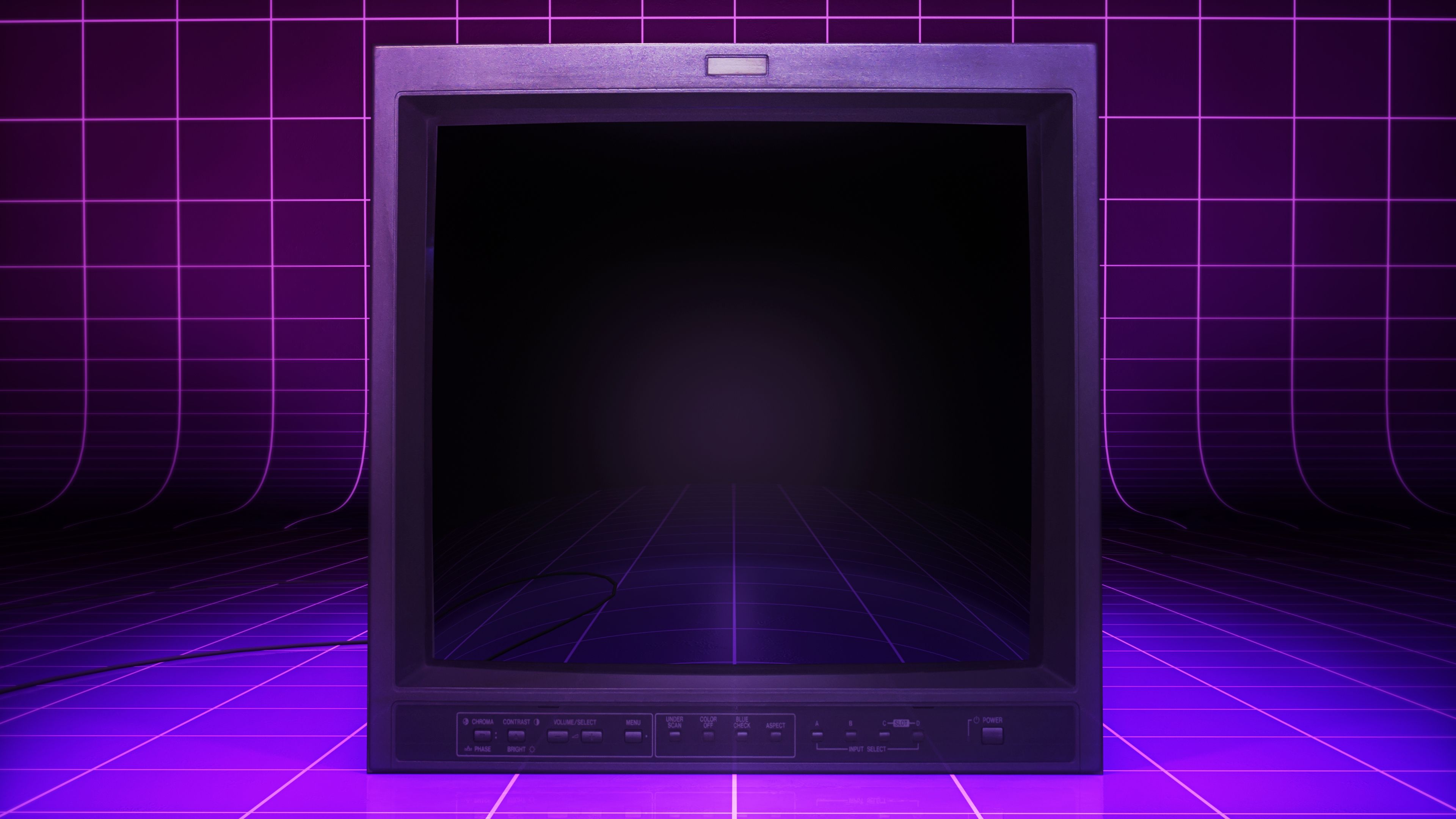
Related
What Is a PVM, and Why Do Retro Gamers Want Them?
Don’t buy one if you love scanlines though.
These tend to be quite a lot smaller than regular TVs, but for many people that’s another plus point because it makes them much more convenient than a typical TV.
While games connected using RGB look beautiful on these PVMs and BVMs, you don’t strictly have to get one of these for that RGB goodness. It’s possible to get RGB modifications done on some models of CRT TV for very similar results.
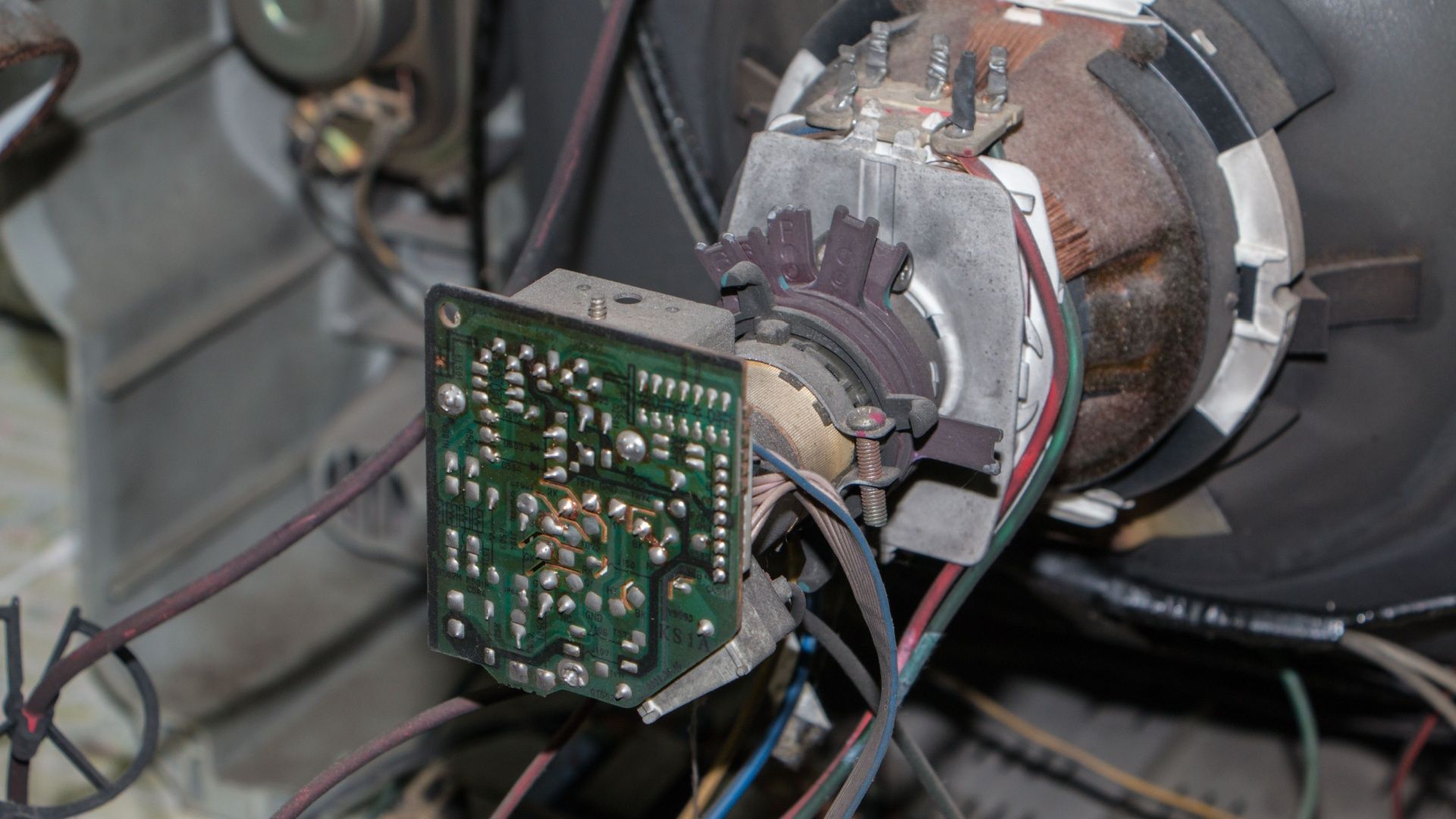
Related
How Retro Enthusiasts Are Upgrading CRT TVs With RGB Mods
It all sounds like alphabet soup.
Just be very careful and do some research if you’re thinking about buying a PVM. Not all of them have an RGB input that’s going to work with commercial hardware like games consoles. I almost bought two Sony PVMs, until I found out that they only work with a proprietary RGB format that’s useless with anything I could connect to it.
The Quest for CRT Greatness Continues
We are now at least a decade past the end of CRT manufacture, with recycled CRTs ending in 2015, and the manufacture of new CRT tubes half a decade before that. Big-name commercial CRT TVs ended in the latter half of the 2000s, as people rapidly moved to flatscreens.
In other words—CRTs are only getting fewer in number, and one day in the (relatively) near future they will all stop working. This means there’s only a small window of time for you to enjoy the unique benefits and pleasures this older display technology offers.
This is why, at least once a week, I spend some time trawling online listing, hoping that I’ll stumble across some unicorn CRT TV that still has a good few years of life left in it for me to enjoy.
Maybe I’ll find that widescreen HD CRT that’s been under a tarp in someone’s garage for years now, and maybe they’ll sell it to me for almost nothing—a man can dream!
